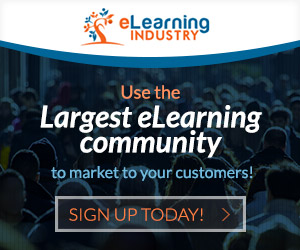Traditionally, marketing has focused on ‘building brand’. Now that, in the USA at least, chief marketing officers (CMOs) are becoming chief customer officers (CCOs), it seems to be time to re-focus ‘marketing’ on building and fostering customer relationships.
The old view of marketing involved supplying the mass market, addressing it via mass media and engaging in impersonal transactions. When marketing was about building brand, it was a monologue, not a dialogue.
Among the positive effects of the economic downturn since the end of the ‘naughties’ has been that it has prompted marketers to consider customers’ needs rather than merely tell them to buy the brand they’re promoting.
The key points about cultivating customers are the need for:
- Communication – remembering that this should be a dialogue, not monologue. This means genuinely inviting customer feedback. This should be couched in the customer’s (not the supplier’s) language. It should create ‘customer affinity’ and add value. Importantly, it should be bespoke – communicating with customers individually, via social media such as Twitter, LinkedIn and, say some, Facebook (although Facebook is a much more useful tool when promoting a business-to-consumer product that a business-to-business service such as e-learning and online learning technologies).
- Client relationships – not only must suppliers keep in touch with their customers, they must give them the chance to give feedback on the product/service as well as on the standard of service they have received. This is a multi-level relationship where the marketer must truly understand what drives the customer. This relationship aims to build trust, develop a client plan (on an individual client basis rather than the ‘mass market’ approach of traditional marketing), and manage client service levels.
- Measuring the value of the relationship – using the formula S*(L/T) = TFI, where S is the average customer spend on each purchase; T is the average time between purchases; L is the length of the relationship and TFI is the total fee income. When measuring this value, you need to determine the client lifetime value, the ‘incubation period’ for that customer, or ‘cost per capture’, and the profitability on each customer.
So the modern approach to successful marketing recommends:
- Move from marketing plans to client plans
- Prioritise client contact
- Treat each customer as an individual
- Take a long term view, adopting cradle-to-grave measurements of client value
Of course, in building these relationships, public relations (PR) activities has a vital, complementary role to play – since PR is allied to marketing, just as marketing is allied to sales.
PR’s contributions to this process of fostering customer relationships via communication include starting the communication process via, for example:
- Sending out news – as ‘press releases’. As the number of ‘hard copy’ trade magazines serving the e-learning industry has diminished, the number of web-based news sites that publish news has increased. Of course, not all these sites attract large numbers of readers who will find your news story relevant – so you’ll have to determine, perhaps by trial and error – which are the ‘best’ sites for your news.
There are news sites that allow you to post your news free and others which charge you a subscription. For example eLearning Press Releases is one of the most widely read subscription sites in e-learning and learning technologies.
According to Christopher Pappas, who runs the eLearning Press Releases service, “We provide opportunities for organisations to carry out online marketing through submitting press releases that increase coverage, impact and credibility.”
- Putting details of their organisation’s products into key online directories. Examples of these include the eLearning Directory – where entries are free and can be seen by some 400,000 visitors. These directories may encompass all products and services related to the e-learning and online learning technologies industries, or they can be specific to, say, learning management systems, authoring tools and learning content providers.
- Establishing and co-ordinating User Groups – via conferences, online or both – where members not only receive advance notice of new products and product updates but also get the chance to network and benchmark with each other.
A number of e-learning and learning technologies’ vendors have their own (closed) user groups but there are other manifestations of the ‘user group’ concept within the e-learning world that are open to wider use. A key example is the eLearning Industry User Group on the LinkedIn social media platform, which embraces a 110,000-strong community and provides not only a means of spreading a message throughout that community but also allows the group’s members to provide feedback, discuss issues, network and benchmark with each other.






Leave A Comment
You must be logged in to post a comment.